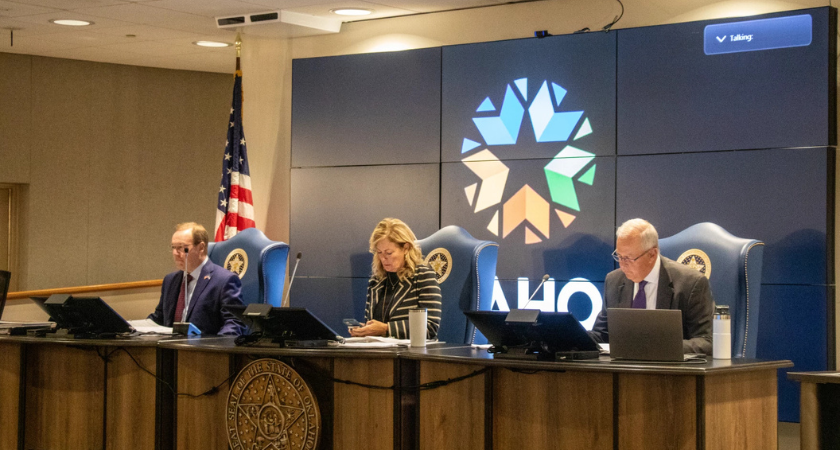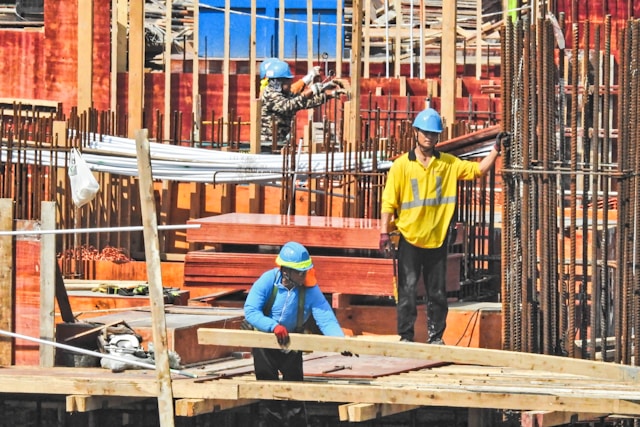
OKLAHOMA CITY — A decision on whether Oklahoma Gas & Electric can raise customer bills to help finance new power infrastructure will wait at least another week, as state regulators expressed concern over shifting too much financial risk to the public.
The Oklahoma Corporation Commission met Wednesday to review OG&E’s request to charge ratepayers for major expansion projects before they’re complete — a move the utility argues will save money in the long term.

OG&E is preparing to upgrade the state’s power generation fleet to keep pace with rising demand, particularly from high-growth sectors like data centers and advanced manufacturing. The utility plans to invest about $506 million in two new natural gas turbines at its Horseshoe Lake facility. It is also seeking purchase agreements for a new energy storage facility and an additional power plant near Kiowa.
Under Senate Bill 998, passed earlier this year without Gov. Kevin Stitt’s signature, regulators must allow what’s known as construction-work-in-progress (CWIP) cost recovery for new natural gas projects. This allows utilities to bill customers during the build phase — rather than waiting for a project to go online.
OG&E says the finance approach would add close to 60 cents per month beginning in 2026, eventually climbing to more than $4 monthly by 2031. Company officials maintain the structure would ultimately save customers $176 million in interest costs over the lifespan of the upgrades.
But regulators say the math doesn’t reassure them.
“The math is so absolutely clear that CWIP treatment is a detriment to rate payers, where if they enjoy any savings at all, it's going to be 25 years and beyond before they get that savings,” Commissioner Todd Hiett said during the hearing. “Those customers may not be customers, they may not be alive. Those businesses may not be alive.”
Commissioners are now examining ways to shift more of the financial burden — especially for grid expansion — to major commercial users. Large data centers and crypto operations are among the industrial customers driving demand while also straining electricity infrastructure.
One option discussed would leverage large load tariffs, requiring major energy consumers to finance a greater share of new capacity rather than leaving it to households and small businesses.
“The statute says that we have to allow CWIP,” Commission Chair Kim David said. “It's within our purview to decide how the CWIP is done.”
The deliberations followed Hiett’s comments at a state legislative study the day prior, where he raised concerns that SB 998 weakens regulators’ autonomy.
He told lawmakers: “The commission will not be able to completely fulfill their constitutional duty, in my opinion, because they will have to meet the statute to allow the utility to start collecting from the rate payers for financing cost.”
Hiett suggested lawmakers may need to revisit the statute, clarifying that utilities should prove a compelling financial need before shifting costs to ratepayers.
“Otherwise, that burden really should stay on the utility because it's the utility making the investment,” he said.
The Commission is set to resume deliberations on Nov. 13, where members hope to settle on a version of the agreement that protects the grid — and customers — as Oklahoma’s energy landscape rapidly evolves.
Originally reported by Chloe Bennett-Steele, State Impact Oklahoma in KGOU.